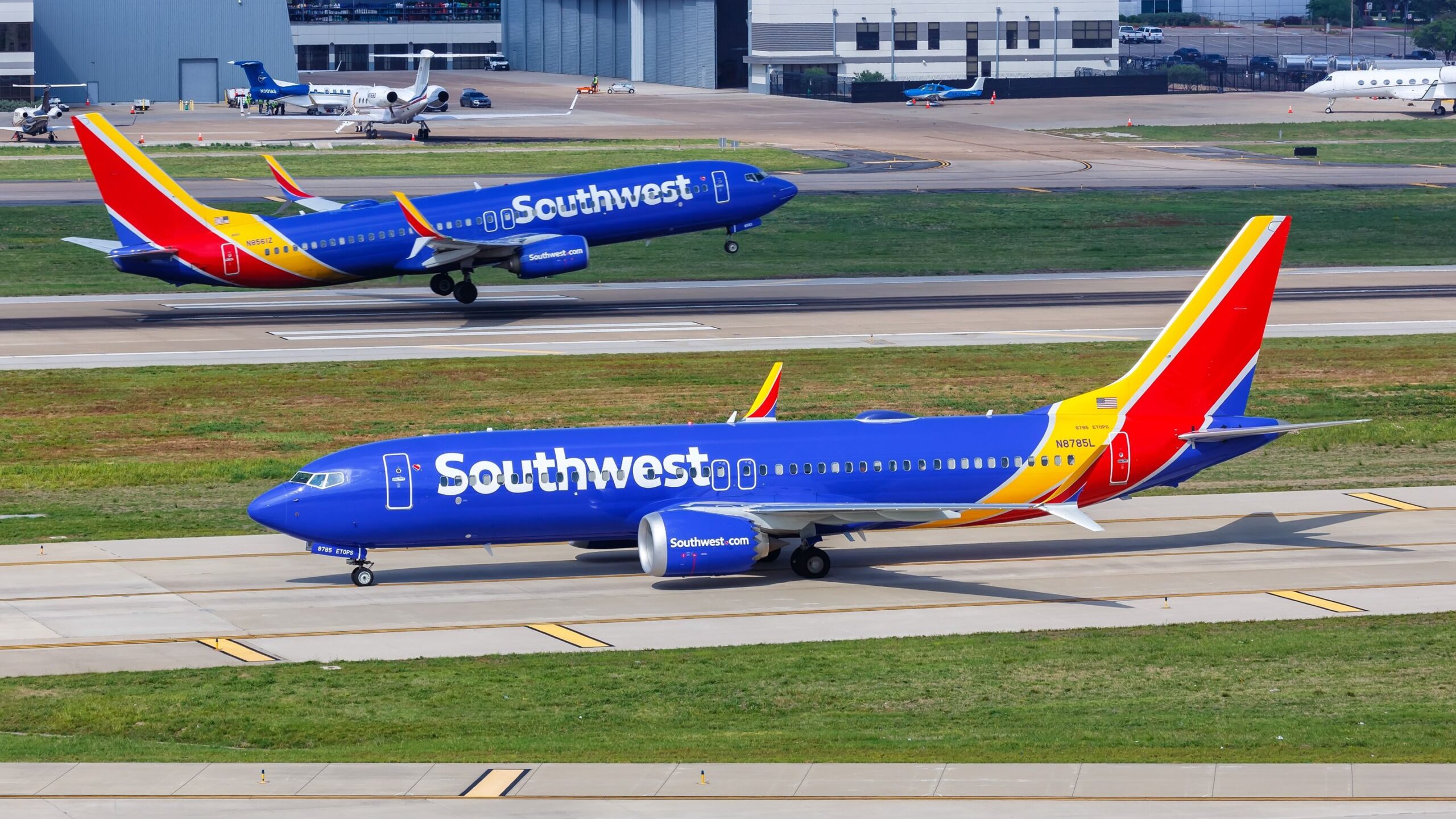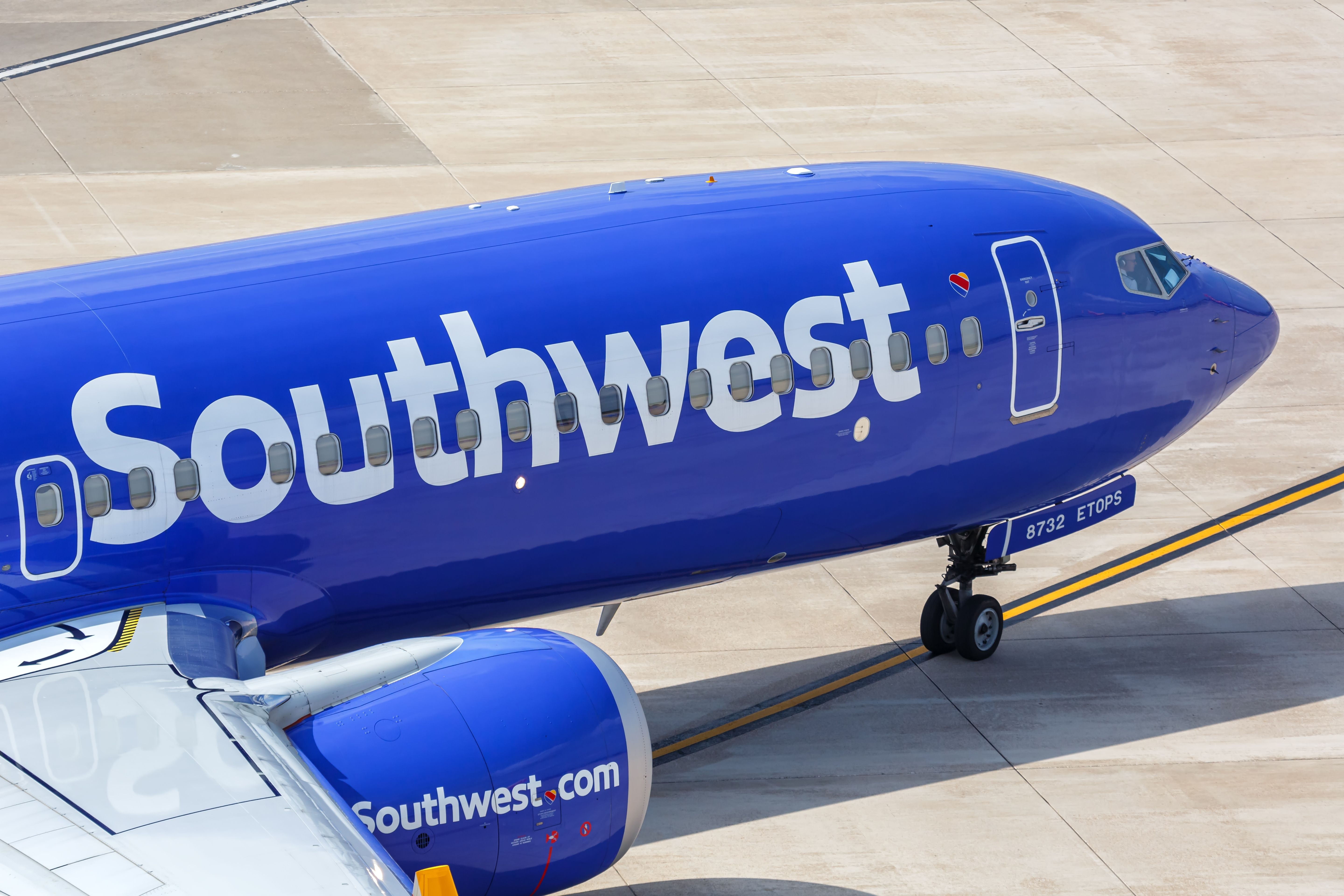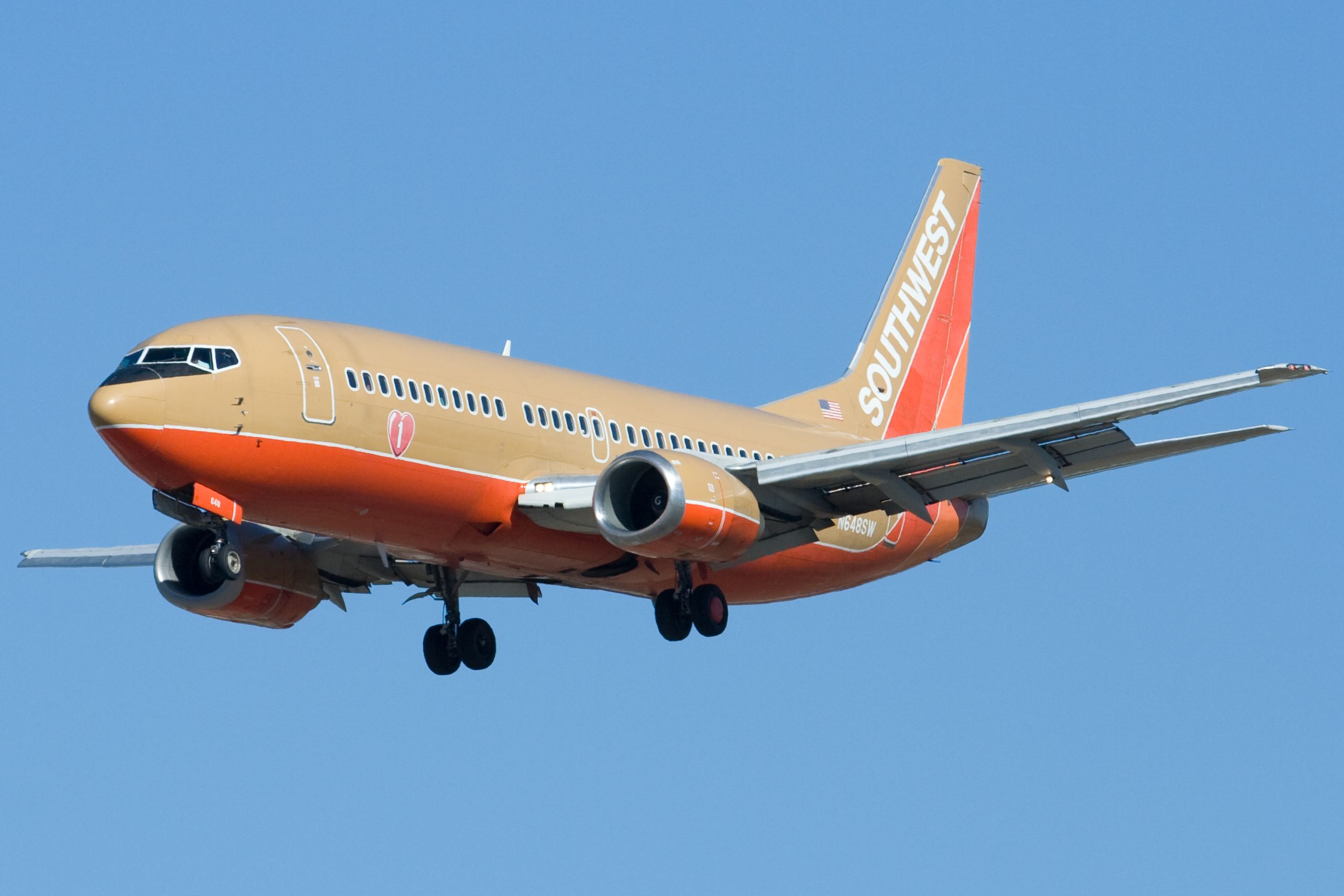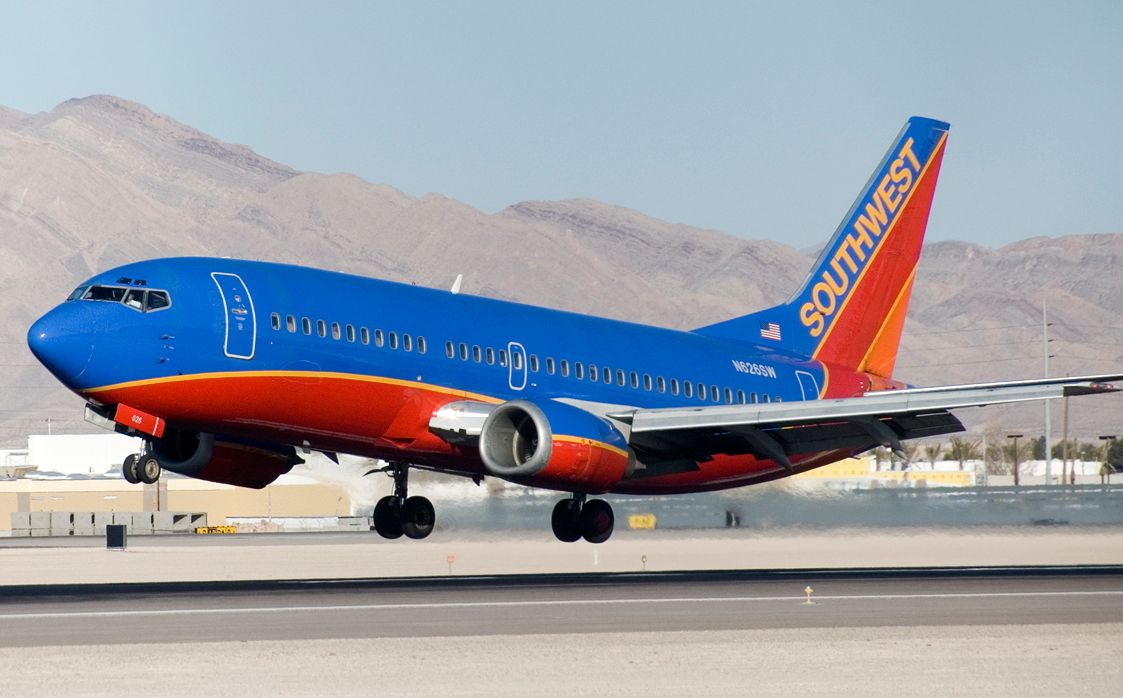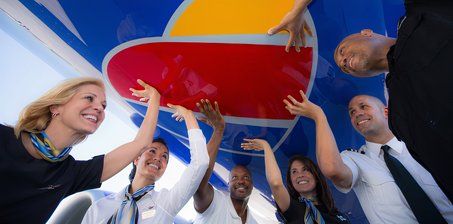Summary
- Southwest Airlines’ livery evolved from Desert Gold to Canyon Blue, then to Heart livery with blue, red, and yellow.
- The transition to Canyon Blue in 2001 was a bold move, potentially costly, but didn’t raise fares.
- The Heart livery introduced in 2014 features a giant heart logo and emphasizes warmth, innovation, and a bright future.
While white is the go-to color for many carriers when painting their livery, there have been quite a few exceptions as well. Sometimes, the sporting partnerships that airlines have with sporting clubs dictate the color of the livery, while at others, liveries represent cultural symbols of the nation.
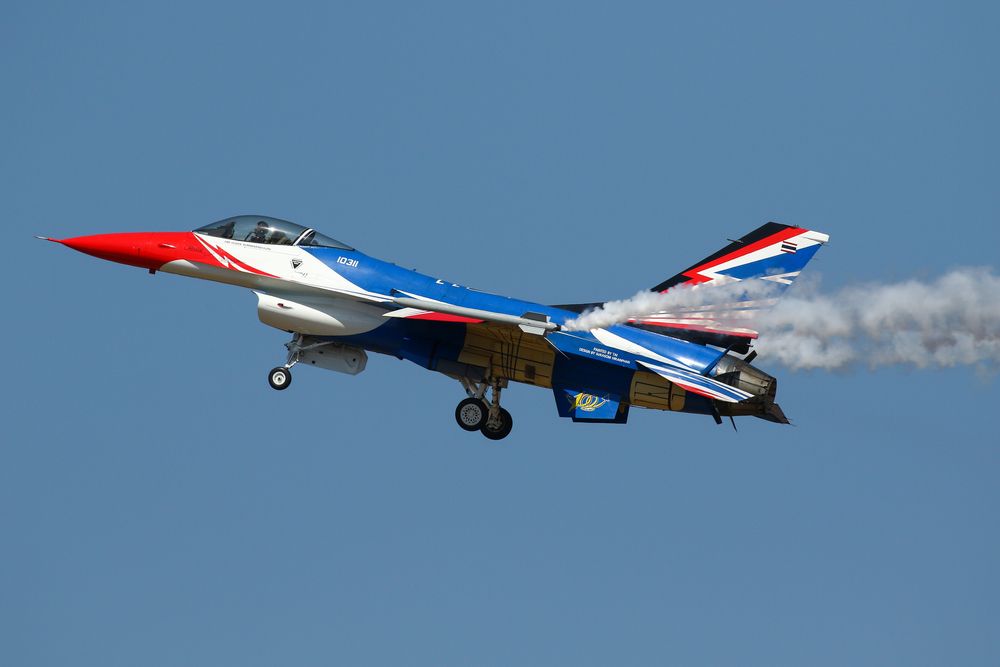
Related
5 Awesome Military Aircraft Paint Jobs That Have To Be Seen To Be Believed
Here are some of our favorite military aircraft liveries, from sharks to gold.
Among the various airlines based in the US, Southwest Airlines’ livery has to be one of the most recognizable ones. Though some people might initially feel that the livery of Southwest is too glaring and therefore not attractive, we have seen such opinions sway.
Although Southwest’s livery is predominantly daubed in striking blue, the colors in which the aircraft of this carrier have been painted has changed in the years gone by. In this article, we will look at how the livery of this low-cost carrier based in the US has changed over the years.
Photo: Markus Mainka | Shutterstock
The original Desert Gold colors of Southwest Airlines
The primary livery of Southwest consisted of the colors of “Desert Gold” viz.
- Gold
- Red
- Orange
- And a streak of white (meant to separate each section of color)
The gilded tail portion of the aircraft operated by the airline had the word “Southwest” written in white.
The left side of the original three 737-200s of the carrier saw the word “Southwest” written along the upper rear portion of the fuselage.
The word “Airlines,” on the other hand, was painted on the tail. On the right side of the aircraft, though, the word “Southwest” was on the tail. The word “Airlines” was painted on the upper rear portion of the fuselage. After some time, the carrier decided to simply write the word “Southwest” on both sides of the tail.
A few subtle variations in between
Boeing 727-200s, operated by Southwest in the latter years of the 1970s (and early 1980s) saw a few changes in the way they were colored:
- One of the Boeing 727-200s operated by Southwest was daubed in ocher instead of gold. The tail of the aircraft had an “S” logo.
- Other Boeing 727-200s saw the word “Southwest” written on the forward fuselage. The desert gold color was replaced by metallic gold.
From 2001-2014, Southwest chose to immerse itself in canyon blue
The transition from desert gold to canyon blue colors that Southwest adopted in 2001 was probably one of the more audacious moves of the carrier. This is because many people didn’t anticipate such a dramatic shift in the livery of Southwest.
Unlike the logo of American Airlines, which despite pronounced shifts in colors, has retained the essence of the original, the livery of Southwest Airlines had a makeover when it chose the crayon blue in 2001. The addition of the canyon blue was dubbed to be “a brilliant shock of blue” by the Southwest itself.
This dramatic shift in colors might not have been the most economical choice for the carrier either. After all, such a transformation, apart from helping Southwest stand out, might have cost a lot of money.
It is known that many carriers choose to have predominantly white liveries, so that, in case the aircraft is sold to other carriers, not a lot of money has to be spent on aircraft painting. When canyon blue was adopted by Southwest in 2001, the interior colors of the airline changed, too, as the airline introduced deep blue carpet, windscreens designed differently, alongside brushed aluminum surfaces.
Many people wondered if airfares would rise as a result of these changes, but the airlines had commented:
“ This new look will not raise Southwest’s costs nor require Southwest Airlines to raise its fares… For example, by simply converting from cloth to leather seats, Southwest Airlines will reduce the need to constantly replace seat cushions. Those replacement costs add up. The durability of the new leather seats will more than offset their increased cost. In addition, the increased Customer comfort may even encourage more people to fly Southwest Airlines, resulting in continued profits in the years ahead. This is a very good move.”
The Heart livery that Southwest Airlines adopted in 2014
Southwest Airlines’ current livery is made of three colors: blue, red, and yellow. It is these three colors that make up the Southwest’s heart symbol. These colors were introduced into Southwest’s livery in 2014 as it shed off its canyon blue. Five different brands and strategic firms were behind the development of Southwest’s heart livery:
- GSD&M
- Lippincott
- VMLY&R
- Razorfish
- Camelot Communications
Photo: Southwest Airlines
While adopting the heart livery, the airline ensured that the word “Southwest” was written on the aircraft’s forward fuselage for the first time in its history. The airline decided to place a giant heart logo in the vacant belly space. About the meaning behind these colors, an employee of Southwest Airlines commented:
“The warm red, which is intentionally the most prominent color in the Heart, represents the warmth of our Hospitality and the Customer Service we deliver each day. The bold blue represents our innovative Spirit and our focus to constantly be better. The sunrise yellow is there to remind us that our future is always bright. Don’t ever forget that even in difficult and dark times, we know we will do what it takes to manage through a challenging situation—and the sun will eventually rise.”
Which of these liveries adopted by Southwest has been your favorite? Let us know in the comments below.

